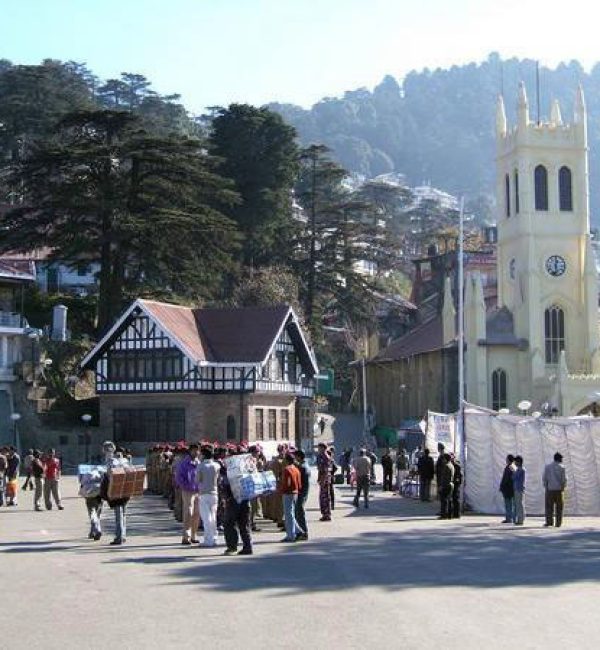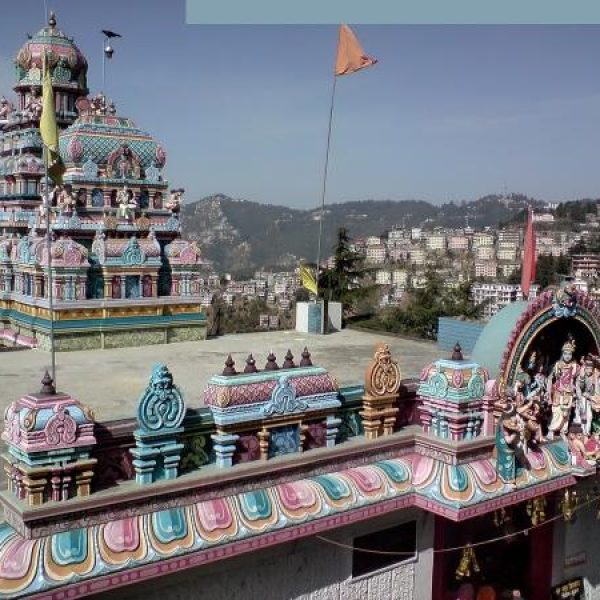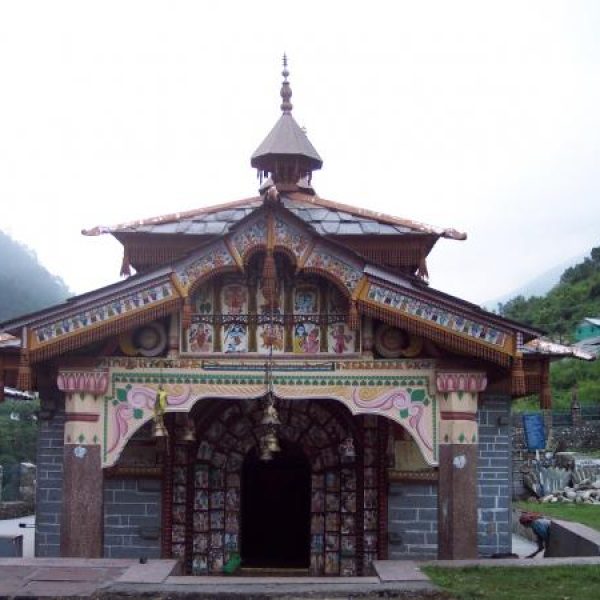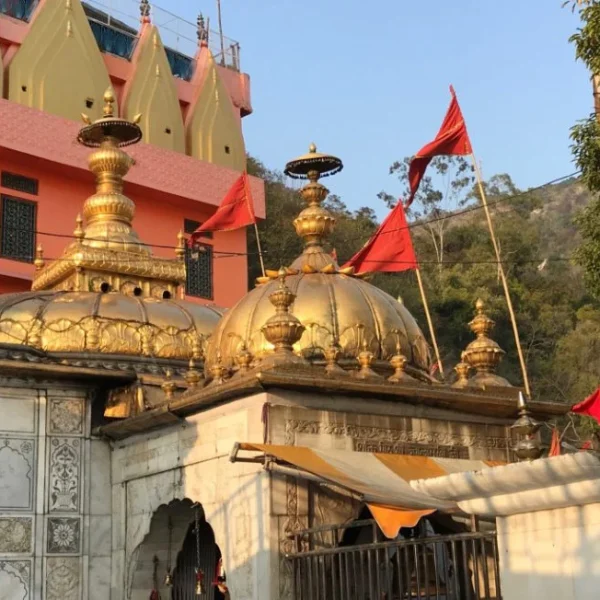Temples
Temples beauty so, Come and Read More
Temples Of Shimla
PRACTICAL INFORMATION
SHIMLA GUIDE

Jakhoo Hill Temple Shimla
For mates of singularity, a short climb, at a young hour in the early morning to the crown of Jakhoo at a tallness of 2,438.4 metres and two kilometers east of the town, towering over Shimla, benefits the climber with the eminent display of the sun climbing over the everlasting snows and a surrounding perspective of Shimla spreadeagled beneath. Here, too is an old sanctuary devoted to the god Hanuman, now likewise the home of innumerable lively monkeys holding up surely to be sustained by all the guests.
The sanctuary has an intriguing legend behind it. It is said that a savage shaft harmed Lord Rama’s sibling Lakshmana when he was battling the fight with the devil lord Ravana. A minister diagnosed Lakshmana and said that he required a specific Sanjeevani herb from the Himalayas to cure Lakshmana. Hanuman was sent to get that herb from he grand mountains. After arriving at the Himalayas, Hanuman couldn’t make out as to which herb was the Sanjeevani. So he dug up the whole mountain and flew once more to where Lakshmana was lying harmed.
Sankat Mochan Temple Shimla
Sankat Mochan most famous temple Arranged at the tallness of 1975 m On Shimla-Kalka way (Nh-22) is celebrated internationally “Lord Hanuman” sanctuary. It orders an amazing perspective of Shimla town. The spot could be gone to by Bus/taxi. Sankat Mochan sanctuary is spotted five kilometers before Shimla, on Kalka – Shimla National Highway. The sanctuary is committed to Lord Hanuman. The significance of Sankat Mochan is “somebody who calms others from numerous sorts of dangers and challenges”.
It is a spot where one can ruminate and get a charge out of the smooth and quiet surroundings. Rich green trees encompass Sankat Mochan Temple, including its appeal.
Himachal Pradesh is a beautiful hilly state in north India that is also known as the land of Gods and Goddesses or DEVBHOOMI


Kali Bari Temple Shimla
Kali Bari Temple is a sanctuary devoted to the Hindu goddess Shyamala, from which the knoll station-and capital of Himachal Pradesh, Shimla infers its name. Kali Bari Temple houses a holy place of the Hindu goddess Shyamala. Shyamala has various false names, incorporating Kali and Durga. Kali Bari Temple was built throughout the time of the British Raj. Consistent with history specialists, the Kali Bari Temple was secured in the early nineteenth century.
The present sanctuary was manufactured by the British in 1845; however the definitive holy place was made by Bengali aficionados. Kali Bari Temple is exceptionally well known around Hindu explorers. The sanctuary remains stick stuffed throughout Navaratras and Pooja occasions. Kali Bari Temple is in close closeness to the Shimla city shopping center.
Jwalaji Temple Shimla
This sanctuary is otherwise called Jawalamukhi sanctuary is in Kangra District. Goddess Sathi or Parvati is the primary Goddess of this heavenly put. Sati’s tongue had fallen in this place. Also, all the enthusiasts accept that going to this sanctuary will clear all their distresses. This Popular place of journey is approachable from kangra (35 Km) and additionally Dharamsala (56 Km). The old sanctuary, manufactured against a lush goad, has an arch that was skimmed by Maharaja Ranjit Singh.
Pioneers think about an endlessly blazing fire exuding from an empty shake in the sanctum to be a sign of goddess Devi. The sanctuary wakes up with Nawaratra festivals and colourful fairs throughout March-April and Sept-Oct each year. The well known Jwalamukhi Temple is in the ballpark of 56 km from Dharamsala in the Valley of Beas. It is one of the Shaktipeeths. The goddess is show here as minor blue flares and worshiped as being what is indicated. There is a musical wellspring here which is a joy to watch throughout nights.
